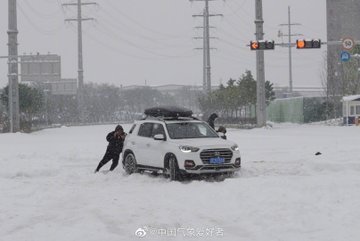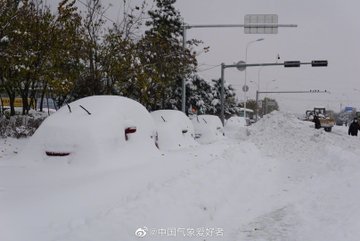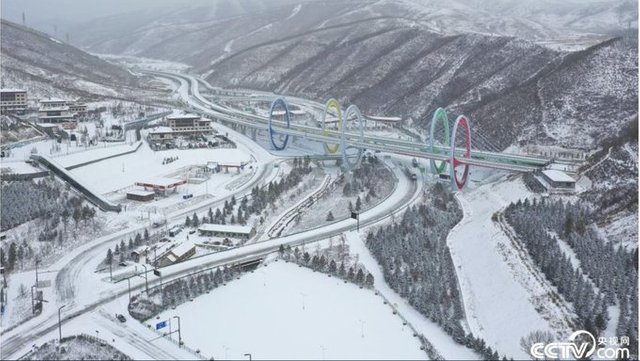The La Niña phenomenon (La Niña) brought a cold wave to China, and the official media described it as a "cliff-style" cooling. China's Central Meteorological Observatory issued a "cold wave blue warning" on the 8th. There was a heavy snowstorm in some areas, and transportation was blocked.
The China Meteorological Administration said early this morning that due to the cold wave, the temperature in many parts of China has dropped, and that in some areas such as central Anhui has dropped by more than 14°C. The Central Meteorological Observatory issued a "cold wave blue warning" at 6 o'clock on the 8th.
Snow fell in some areas. Among them, Beijing has ushered in the first snowfall of this winter as early as Saturday (6th), 23 days earlier than in previous years. Snow will also fall in eastern North China, eastern Huanghuai, central and southern Northeast China, etc. The maximum snow depth is expected to be 32 cm in Beipiao, Liaoning, and 28 cm in Shuangliao, Jilin. In Southeastern Inner Mongolia, Liaoning and other regions, there are expected to be heavy snowstorms or even extremely heavy snowstorms (20-48 mm). The new snow depth can reach 10-20 centimeters, and in some areas it can reach 30-40 centimeters or more.
According to Chinese media reports, the severe cold weather has suspended some maritime passenger transportation in Ningbo; some trains on the Yangtze River Delta Railway have also been suspended.
China has recently experienced energy shortages and power shortages, and some municipal governments have to respond. The Tianjin authorities pointed out that for energy supply and urban heating, it has issued a "special service product for energy supply" to provide relevant departments with scientific basis for coal-fired gas reserves and strengthening energy dispatch. Regarding the city's power supply, the city's Meteorological Bureau "participates in daily load regulation consultations with the power sector" to ensure power supply.
The official media "People's Daily" pointed out that the strong cold wave is related to global warming. Global warming causes climate instability, including the possibility of extreme cold. In addition, this cold wave is also related to the La Niña phenomenon (La Niña).


